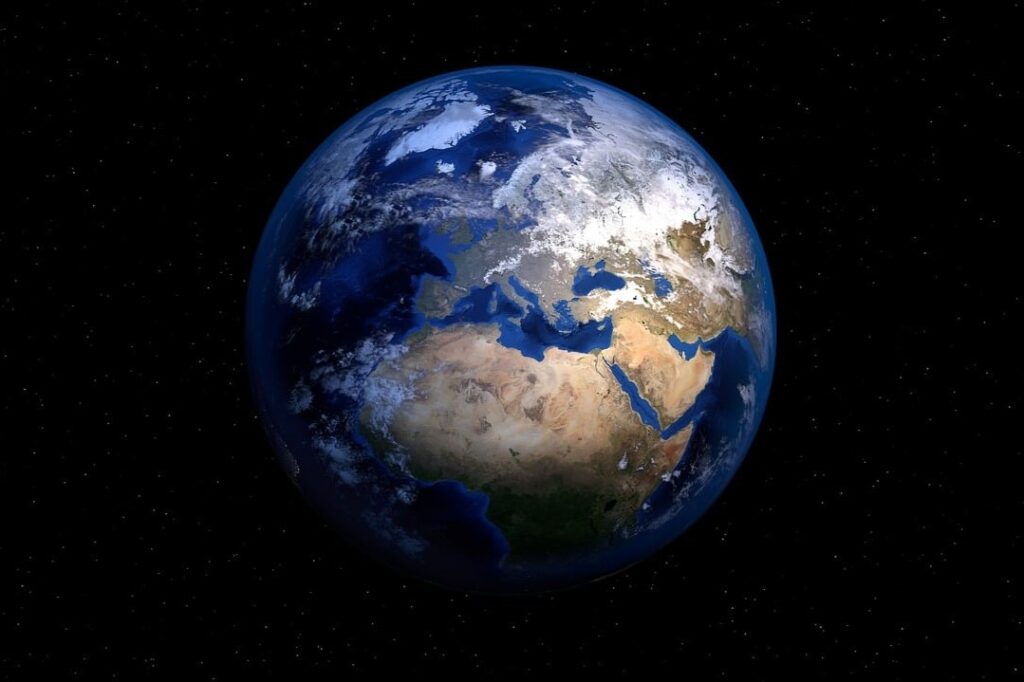


Earth is the third planet from the sun, and it is the only known planet to support life. Our planet is an incredibly complex and interconnected system that includes land, water, air, and living organisms. In this article, we will explore the various components of Earth’s environment and how they interact with each other.
Atmosphere:
The Earth’s atmosphere is the layer of gases that surrounds our planet. It is composed of about 78% nitrogen, 21% oxygen, and trace amounts of other gases such as argon, carbon dioxide, neon, helium, and methane. The atmosphere plays a crucial role in regulating the Earth’s temperature, protecting it from harmful radiation, and providing the air that we breathe.
Hydrosphere:
The Earth’s hydrosphere is made up of all the water on our planet, including oceans, rivers, lakes, and groundwater. Water is essential for all life on Earth, and it also plays a crucial role in regulating the planet’s climate. The ocean currents and tides are driven by the movement of water around the globe, and they play a significant role in the distribution of heat around the planet.
Geosphere:
The geosphere is the solid part of the Earth, including rocks, soil, and minerals. It is made up of three main layers: the crust, the mantle, and the core. The geosphere is responsible for providing the nutrients and minerals necessary for life to thrive on our planet.
Biosphere:
The biosphere is the part of the Earth where life exists, including all living organisms and the environments in which they live. The biosphere is incredibly diverse, ranging from deep-sea trenches to tropical rainforests. All living organisms are interconnected and depend on each other for survival, creating a delicate balance in the biosphere.
Interactions between Earth’s components:
The various components of Earth’s environment are interconnected and depend on each other in complex ways. For example, the ocean currents are influenced by the temperature of the atmosphere, which is in turn affected by the amount of carbon dioxide in the atmosphere. Changes in one part of the environment can have far-reaching impacts on other parts of the system, which can ultimately affect the entire planet.
Human impacts on Earth’s environment:
Human activities have had a significant impact on the Earth’s environment, including climate change, deforestation, pollution, and loss of biodiversity. Climate change is caused by the release of greenhouse gases, primarily carbon dioxide, into the atmosphere. Deforestation and habitat destruction have led to the loss of biodiversity, which can have cascading effects on the biosphere. Pollution from human activities has also had a profound impact on the health of the planet and its inhabitants.
Conclusion:
The Earth’s environment is an incredibly complex and interconnected system that includes the atmosphere, hydrosphere, geosphere, and biosphere. These components work together in complex ways to create the conditions necessary for life to thrive on our planet. Human activities have had a significant impact on the Earth’s environment, and it is essential that we take steps to mitigate these impacts to ensure that the planet remains habitable for future generations.



